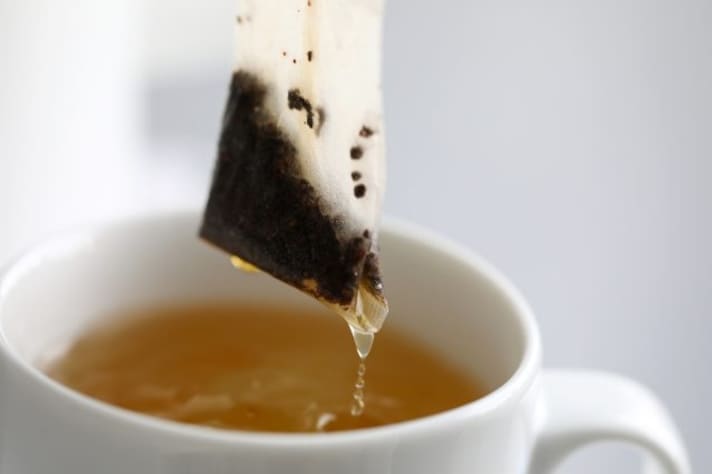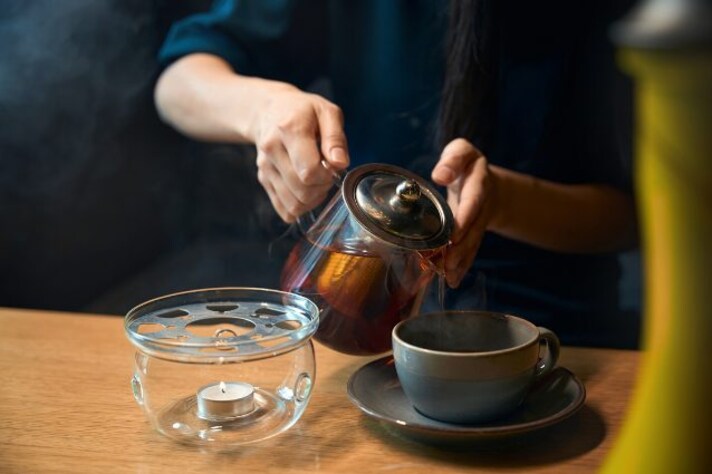Why Does My Teacup Gets a Little Foam Layer on Top While It’s Brewing?
Ever wondered why foam forms on top of your tea while it steeps? It’s a natural result of tea compounds interacting with hot water, creating bubbles. While it doesn’t affect the taste, the foam is safe to drink and a common occurrence in many types of tea, especially green or oolong varieties. So, sip away—there’s no need to worry about those bubbles!

If you've ever brewed a fresh cup of tea and noticed a little foam bubbling up at the top, you might have wondered, "What’s going on here?" Foam on your tea is one of those things you may not think much about—until you see it. But what causes it, and more importantly, is it safe to drink? Let's dig into this bubbly mystery and find out why it happens, what it means, and whether it’s time to take a sip or just let it settle.
The Chemistry of Tea: Why the Foam Forms
Foam in tea might seem like a quirky phenomenon, but it’s actually the result of simple chemistry at play. When your tea bag soaks in hot water, it releases natural compounds from the tea leaves, such as polyphenols and proteins, along with oils. These oils and compounds interact with the air and water to create bubbles that rise to the surface. Essentially, you're seeing a combination of dissolved gases and oils that have been trapped and form a frothy layer on top of your tea.
Does Foam Indicate Poor-Quality Tea?
If you’ve noticed foam in your tea, you might wonder whether it’s a sign of low-quality tea. While it’s true that cheaper tea bags may release more oils or additives, foam is actually a natural occurrence that can happen with any tea, even high-quality ones. The presence of foam doesn’t necessarily mean that your tea is of poor quality. In fact, some premium teas, especially green tea and oolong tea, tend to form a light foam due to the way they’re processed. So don’t be quick to judge your tea by its foam—it’s simply part of the steeping process.

What’s the Impact of Foam on Tea Taste?
While the foam itself doesn’t impact the overall taste of your tea directly, it can affect the experience. The foam can trap certain volatile compounds from the tea, potentially altering the flavor slightly. In some cases, it might make the tea taste a bit richer, as it holds onto the essential oils from the leaves. However, the foam itself doesn’t contribute much flavor—it’s the tea base that’s responsible for the taste. If you find the foam distracting or want a smoother sip, simply give the tea a gentle stir before drinking.
Is It Safe to Drink Tea With Foam?
Now to the million-dollar question: is it safe to drink tea with foam? The short answer is yes. The foam in your tea is a completely natural byproduct of the steeping process and isn’t harmful in any way. It’s just a mix of tea compounds and air, with no dangerous or toxic effects. Unless you’ve used an excessively dirty mug or contaminated water, the foam you see is as safe to drink as the tea itself. So, go ahead—sip away without worrying about the froth on top.

Foam in Different Types of Tea
The type of tea you’re brewing can also influence how much foam appears. For example, black tea tends to produce less foam compared to more delicate varieties like green tea or white tea. This is because black tea’s stronger tannins and less volatile oils mean there’s less froth to form. On the other hand, teas like matcha or certain oolongs are more likely to form noticeable foam due to the way their leaves are processed and the oils they contain. If you’re a fan of foamy teas, matcha lattes or frothy chai teas can offer a creamy, bubbly experience.
;Resize,width=767;)

;Resize,width=712;)
;Resize,width=712;)
